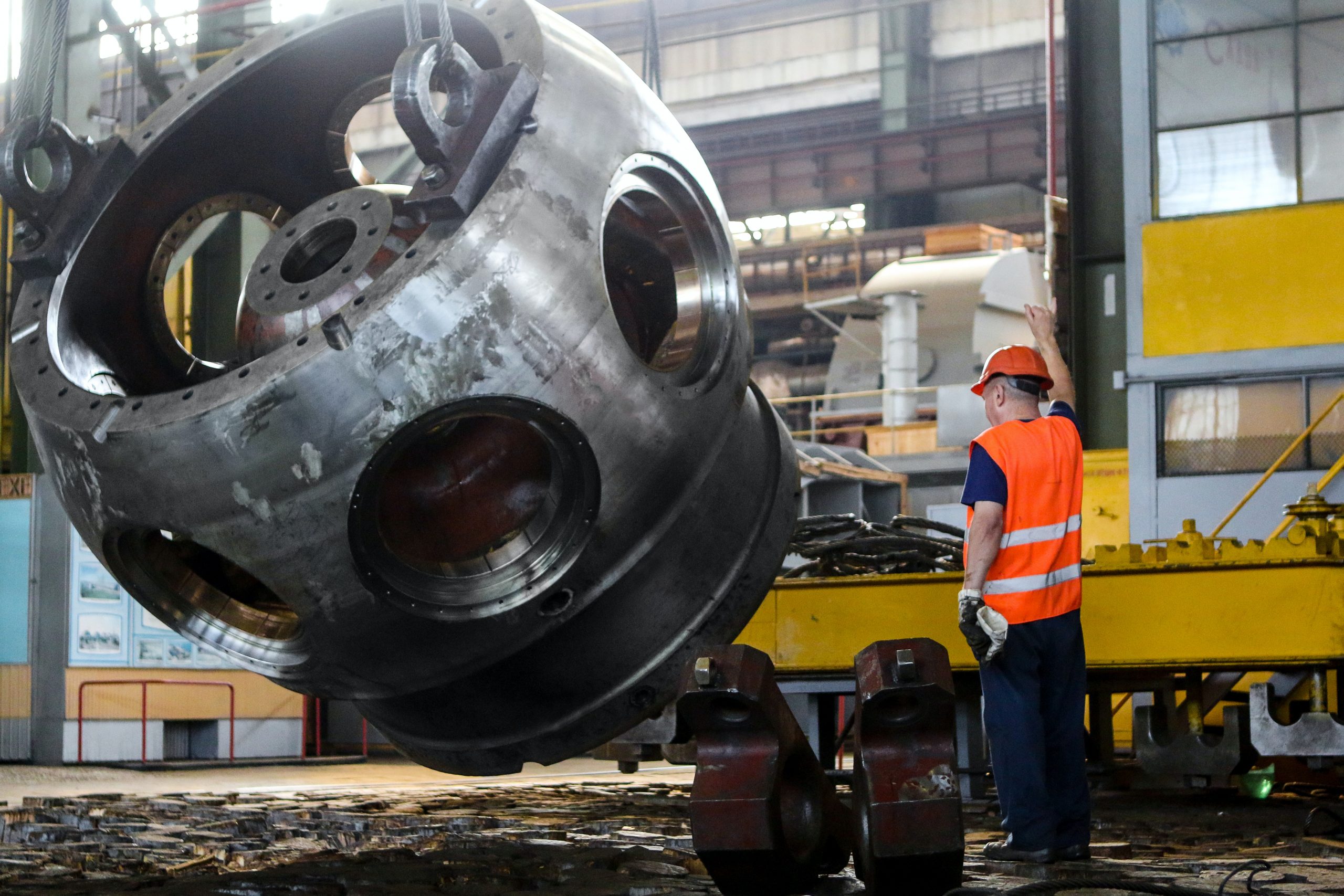
What Are the Exit Criteria?

©Ground Picture/Shutterstock.com
Exit criteria are conditions that must be met before closing out one project stage and advancing to the next stage. When project management teams use exit criteria, they break down the project into multiple steps. Therefore, each stage will have its own set of conditions (exit criteria) that must be met before beginning work on the next stage.
The Benefits of Using Exit Criteria
The main advantage of using exit criteria is minimizing project management risk. By creating standards that the project must achieve before advancing to the next stage, a project management team can prevent their firm from wasting time, effort, and resources on a project they cannot complete.
Having exit criteria also aids in getting input from all departments involved in a project. Having a defined set of conditions that must be achieved to advance a project allows clear communication between the different teams involved. For example, having exit criteria for product design can allow the production team to contribute their ideas to the design phase. This interaction between departments can save time and help the project stay on schedule.
Furthermore, creating exit criteria makes it easier for the project management team to know when to shift their efforts to the project’s next phase. Meeting these standards can prevent the team from advancing to the next step too early and having to make corrections. Backtracking always involves waste in terms of time, effort, and resources. This is exactly what we wish to minimize in Lean Six Sigma management.
How to Create Exit Criteria
The management team should define exit criteria before starting the project and consult all the departments involved. The typical result is a checklist of conditions the management team can use to determine if the project should advance to the next stage.
What Are Acceptance Criteria?

©Ground Picture/Shutterstock.com
Acceptance criteria are the performance requirements and conditions a product must satisfy before a customer accepts delivery. These conditions should be set when the customer and producer agree to a contract to produce the product.
What Are the Benefits of Acceptance Criteria?
Establishing acceptance criteria before starting a project helps prevent customer and manufacturer disputes. Furthermore, acceptance criteria can avoid wasting time and effort delivering a product the customer will not accept. Also, acceptance criteria can help protect the firm’s reputation by preventing the delivery of defective products.
Acceptance Criteria Achieve These Goals By:
1. Setting the Client’s Expectations
Nothing creates disputes like a customer having unrealistic expectations for what the product can do. By defining what the product must achieve at the outset of the contract, the customer will clearly understand how the product will perform. In addition, clearly defined acceptance criteria prevent miscommunication between the customer and manufacturer by creating a common standard for success.
2. Ensures Customer Will Pay
Many production contracts do not become complete until the client accepts the work. Objective acceptance criteria help the firm know when they have produced a product that customers will pay to receive. In a business-to-business setting (B2B), acceptance will depend on a particular executive known as the project sponsor. If the product meets the initial acceptance criteria, the project sponsor will have a difficult time rejecting the product.
3. Prevents Miscommunication on Internal Projects
Like products or services produced for an external client, internal projects can suffer from different expectations between departments producing and receiving the work. While internal projects do not have the problem of not receiving payment, they affect the firm’s overall performance.
Acceptance criteria are beneficial in internal projects because they help avoid disputes and political machinations between departments. If a product meets the acceptance criteria, it’s difficult for the department that receives the work to blame its underperformance on the department that produced the product.
How to Create Acceptance Criteria
Acceptance criteria should be created by an agreement between the producer and receiver of a product on how it will perform. These criteria should be set before work on the project begins and be as objective as possible. Setting subjective standards tends to create disputes between the parties.
Exit Criteria vs. Acceptance Criteria: What’s the Difference?
The critical difference between these concepts is acceptance criteria apply to the final product produced by a project. Exit criteria apply to incremental steps or stages that lead to the production of the final product.
In short, exit criteria apply while the project is still ongoing. Acceptance criteria apply after the project has been completed and is on the cusp of being delivered.
Exit Criteria vs. Acceptance Criteria: Who Would Use Each Checklist?

©Perfect Angle Images/Shutterstock.com
Exit criteria are typically used by the entity producing the goods or services. They are the “tollgate” that determines if the project should continue or should be terminated before it wastes resources trying to do something that cannot be achieved.
Conversely, acceptance criteria are used by both the producer and the receiver of a product. Usually, this involves an external party. However, an internal project may also use acceptance criteria between two or more departments.
Choosing Between Exit and Acceptance Criteria: Real-World Scenarios
In most situations, there is no conflict in choosing either exit or acceptance criteria to manage a project. Exit criteria apply to stages of the production process, while acceptance criteria determine whether the final product is deliverable.
Almost all projects will have some form of acceptance criteria before they can be deemed complete. The issue instead is whether or not a management team should break down a project into stages and have both exit and acceptance criteria. Larger and more complex projects will tend to require both exit and acceptance criteria. Smaller or more routine projects can sometimes only need acceptance criteria.
For example, if a farm concern contracts with a bread manufacturer to provide wheat, it would generally be a waste of time to create exit criteria for each stage of the growing process. If the methods the farm uses to achieve each step are well-known and routinely achievable, creating an exit checklist between stages is unlikely to reduce production costs. In such a case, the project will only require some form of acceptance criteria.
Making the Right Choice
Conversely, if a project calls for developing new technology and the firm is uncertain the project is achievable, then creating exit criteria can help minimize risk. For example, suppose an arms manufacturer agrees to develop a missile defense system for the U.S. military. Such a system will likely require the firm to develop new technology to create a working missile defense system that can meet current threats.
Such a project could break down into producing a detection system, building missiles, a command and control system, and a communication system that links the weapon to the command authority. If any part of the project fails, the final product will not function. It would be a waste of resources to work on manufacturing missiles if the firm can’t produce a detection system that meets the military’s specifications.
Such a complex project will require stringent exit criteria for the different parts of the system and acceptance criteria for the entire weapons system.
Other Useful Tools and Concepts
If you need additional tools to make the most of your production, then you’re in the right place. How do you determine whether to use a standard operation procedure or work instruction? Our exhaustive guide follows how these documents work and where to use each one.
Additionally, if you’re looking into visualization tools, you’ve come across the customer journey map and process map. As such, you might want to read this article covering how these tools differ and how they work.
Summary
Exit and acceptance criteria are checklists used to evaluate goods or services. Exit criteria are most typically an internal process management teams use to minimize the risk of failing to achieve a project. Conversely, acceptance criteria determine if the firm has produced a deliverable product that meets customer requirements.
These two concepts are complementary instead of contradictory. Meeting exit and acceptance criteria help reduce waste and are valuable tools in Lean Six Sigma management.